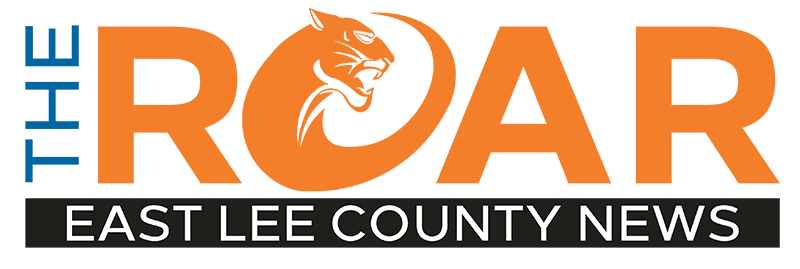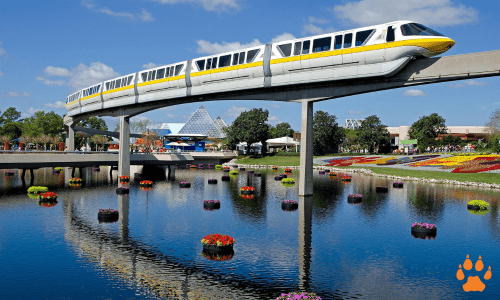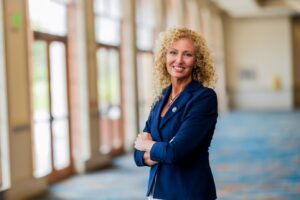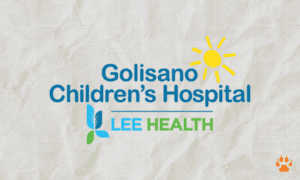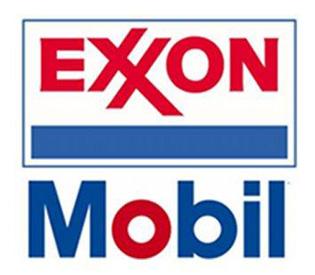By: Terri Lewis | Director, Planet Connected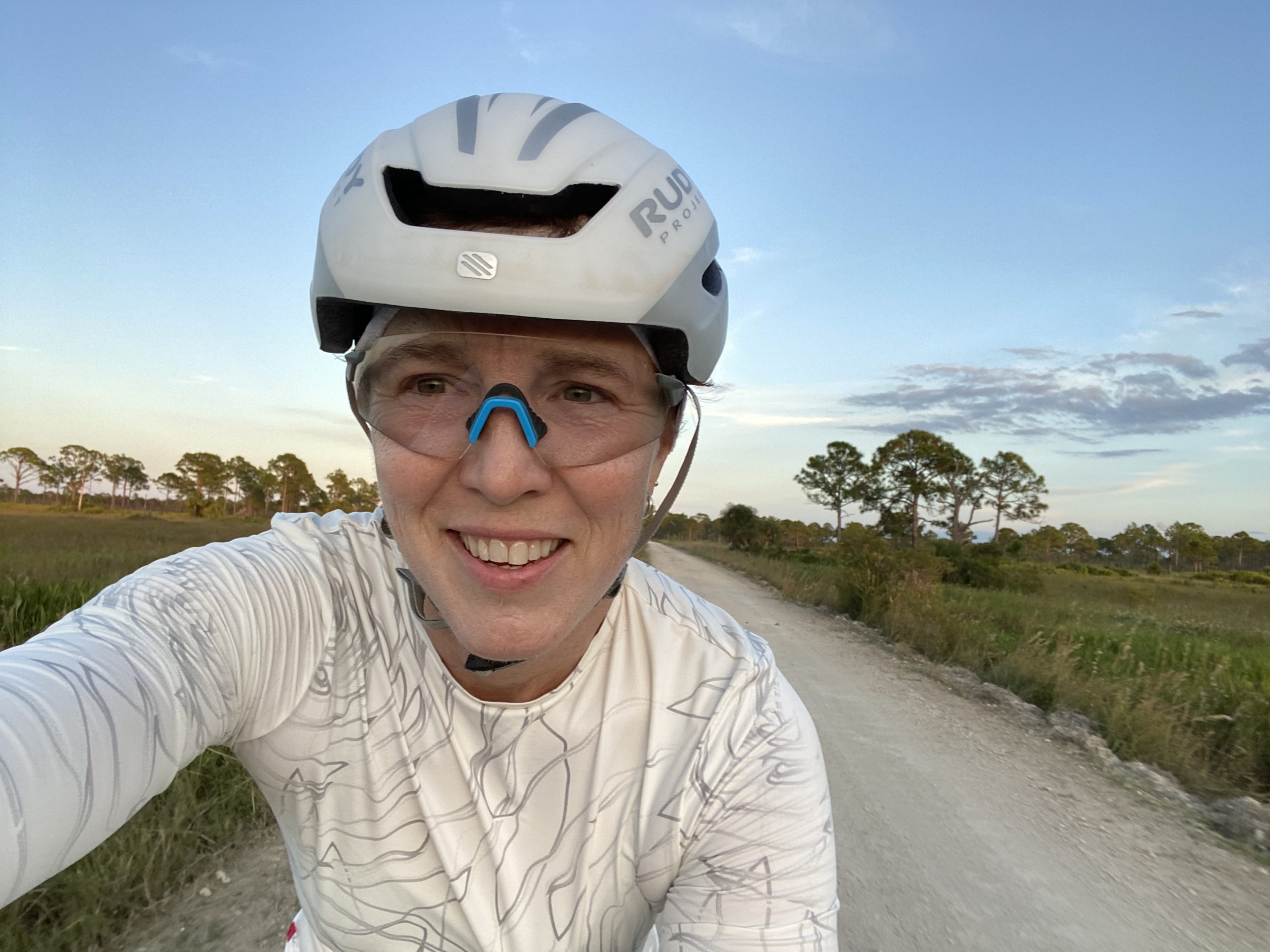
IDEAS FOR LEE COUNTY TO ADDRESS CONGESTION PROBLEMS
We hear a lot of frustration about congestion in Lee County, from residents and tourists who visit the area. Yet, no one ever complains about getting around at Disney World. How can 58 million people a year move around and have fun doing it? We’re going to ask an imaginary Walt Disney about his design of Disney World and from lessons learned, as for ideas for Lee County.
Hint: It may be that Disney World views transportation as an important economic business investment.
The Roar:
Hello Mr. Disney, thanks for accepting time travel to talk to us. Disney World is often referred to as the “happiest place on Earth,” but many people may not realize that it was built on swampland. Can you tell us about its origins?
Mr. Disney:
Well first off, call me Walt and it’s great to be back. As for Disney World, it was conceived and built in Central Florida over 60 years ago on what was essentially swampland. Today, it spans 43 square miles—larger than Paris and more than three times the size of Jersey City. I was feeling constrained by the rapid urbanization surrounding Disneyland in California and realized that its 500 acres wouldn’t be enough to fulfill my grand vision for the park. I saw an opportunity to attract a broader audience since, at the time, only 5% of Disneyland’s visitors came from east of the Mississippi, where 75% of the U.S. population lived.
The Road:
What was your original vision for Disney World?
Walt:
The original vision—called “Project Florida”—was far more than just a theme park. It was envisioned as a multi-faceted development, including an airport, an industrial park, and, most notably, a planned community known as the Experimental Prototype Community of Tomorrow, or EPCOT. This wouldn’t have been just a theme park, but a fully functional city designed around innovative urban planning principles.
The Roar:
How was your urban planning vision unique compared to conventional city planning at the time?
Walt:
One of the most groundbreaking aspects of the plan was that it was a pedestrian-centric design. Unlike many urban planners at the time, I believed that American cities were too dependent on cars. My goal was to create an environment where pedestrians would be “king,” free to walk without worrying about motorized vehicles. Cars wouldn’t have been banned outright, but they would have been hidden from view, with rapid transit systems providing the primary means of transportation.
The Roar:
Speaking of transit, you’ve been a big proponent of high-speed transportation systems. Can you tell us about the plans for the monorail?
Walt:
Definitely! The monorail was a key component of my vision for a modern transportation system. We had already introduced a monorail at Disneyland, and planned to expand on that success in Florida, making it the backbone of transportation for EPCOT and the entire Disney World resort. The idea was for the monorail to function much like a rapid transit system in a major city, with direct, efficient connections between different areas.
The Roar:
Did any of those transit plans make it into the Disney World we know today?
Walt:
Yes and no. While the original vision of EPCOT as a fully functioning city was never realized, the monorail system did open with Disney World in 1971. Initially, it had two routes—the Express and Resort loops—and in 1982, a third line was added to connect to the new EPCOT theme park. Today, the system consists of 12 Mark VI trains which serve around 150,000 daily riders. That’s comparable to the combined light rail ridership of Boston and Philadelphia!
The Roar:
We’ve talked about the monorail, the Skyliner, and the ferries, but there’s another major transportation system at Disney World that people may not think about—buses. Can you tell us about Disney’s bus network?
Walt:
Absolutely! While the monorail and Skyliner get a lot of attention, Disney’s bus system is actually the backbone of the resort’s transportation network. With over 300 buses in operation, Disney Transport operates the 10th largest transit system in the U.S. by fleet size.
The Roar:
That’s surprising! How did the bus system become such a critical part of Disney World’s operations?
Walt:
Well, when Disney World first opened in 1971, it only had one theme park—Magic Kingdom—and most guests relied on the monorail or ferries. However, as the resort expanded with new parks, hotels, and attractions, the need for a flexible, high-capacity transit system grew. Unlike monorails or ferries, buses don’t require dedicated infrastructure like tracks or waterways, making them easier to scale with demand. Today, they provide the most extensive point-to-point transit service on the property, connecting hotels, theme parks, water parks, and shopping areas.
The Roar:
Can you give us an idea of how large the bus network is?
Walt:
Of course! Disney buses operate over 300 routes, with nearly 500 bus stops spread across the resort’s 43 square miles. On a busy day, the fleet can move over 400,000 guests, making it one of the most complex and busiest transit systems in the country.
The Roar:
You mentioned that Disney Transport ranks as the 10th largest transit system in the U.S. in terms of fleet size. How does it compare to major city transit systems?
Walt:
That’s right. Disney’s fleet size puts it ahead of many well-known municipal transit agencies. For perspective: It’s larger than the bus fleets in cities like Seattle, Denver, and Minneapolis. It moves more daily passengers than most U.S. light rail systems. The scale of operations is similar to mid-sized urban transit agencies like those in Miami or San Diego. Even though it’s a private system, it operates with the complexity of a major urban transit authority.
The Roar:
That’s incredible. How does Disney manage such a large-scale bus operation?
Walt:
Disney operates its bus network 24/7, with different service frequencies depending on demand. Buses run approximately every 15-20 minutes during peak hours and operate from before park opening until well after closing to accommodate guests staying at resorts. To streamline operations, Disney has five major bus depots, a fleet maintenance facility, and real-time GPS tracking to optimize routes and reduce wait times. They’ve also introduced electronic arrival boards at bus stops, helping guests know exactly when the next bus will arrive.
The Roar:
With so many different transit options at Disney World, why do the buses remain the most important?
Walt:
Simply put, buses provide the most flexibility. While the monorail and Skyliner are fantastic for high-capacity routes, they’re limited to specific corridors. Buses, on the other hand: Cover the entire resort – They connect all hotels, parks, and other key areas. Can be easily rerouted – If there’s construction, an event, or a breakdown, buses can adapt instantly. Scale with demand – Unlike fixed-track transit, more buses can be added during peak periods like holidays and special events. For example, during the nightly park closures, Disney dispatches waves of buses to clear out thousands of guests in just a few hours. That kind of operational flexibility is something other modes of transport can’t match.
The Roar:
Is Disney doing anything to modernize or make the bus system more sustainable?
Walt:
Yes! In recent years, Disney has introduced electric and diesel-hybrid buses to reduce emissions and improve fuel efficiency. They’ve also added buses with newer accessibility features, like low-floor boarding and better accommodations for wheelchairs and strollers. Disney is also exploring ways to further optimize routes using AI and predictive analytics, like what major public transit agencies are doing.
The Roar:
Thanks for sharing such a fascinating look at Disney’s transportation capabilities.
Walt:
My pleasure! Disney’s transportation investments are a hidden but essential part of what makes Disney World operate like a small city and the greatest place on Earth.
The Roar:
What advice would you like to provide Lee County residents?
Walt:
Lee County is a beautiful place, and there are so many ways to enhance the transportation experience—making it more enjoyable and less car-dependent. Consider water taxis to the islands, expanding LeeTran trolley service year-round, and increasing bus frequency, routes, and hours. Park-and-Ride options for the beach and Lehigh are great starting points. E-bikes are an exciting innovation, allowing more people to enjoy longer rides in the sunshine. Investing in bicycle and pedestrian infrastructure, like a connection from Cape Coral to Pine Island, would make a big impact. And don’t forget rail—Florida has a rich rail history, and a high-speed line from Miami to Tampa along I-75, with stops along the coast, could be transformative. There are so many possibilities to build on what makes Lee County such a great place to live and visit!
